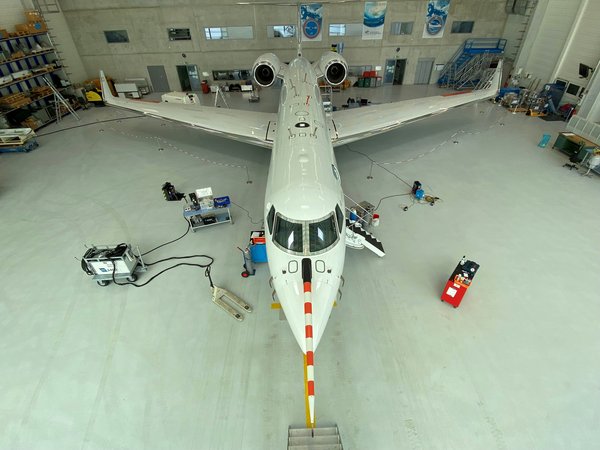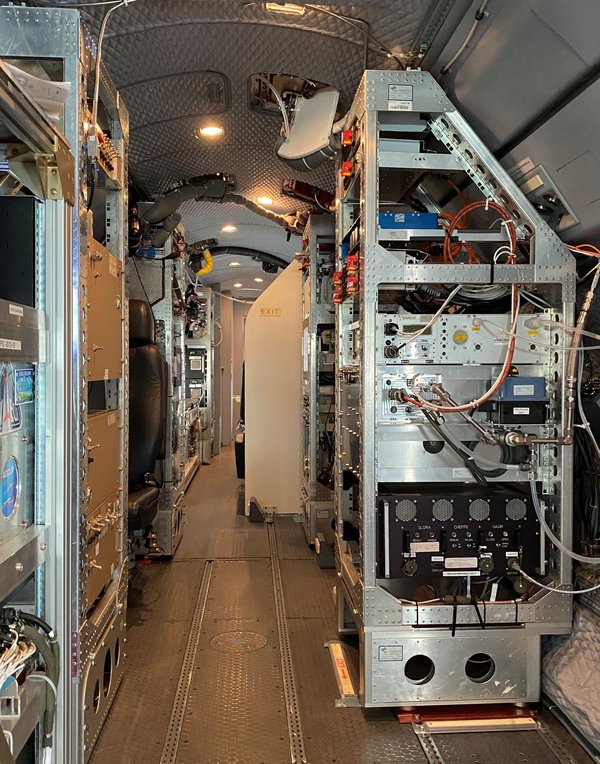Up, up, and away with PHILEAS: LO research aircraft investigates the transport of greenhouse gases and aerosols over the Pacific Ocean
Leipzig, 07.08.2023
Press release by Forschungszentrum Jülich and Johannes Gutenberg University Mainz
Oberpfaffenhofen/Anchorage. The extreme precipitation that occurs during the Asiatic monsoon season repeatedly causes catastrophic devastation in Southeast Asia. The same weather systems which cause these extreme events also affect the altitude region of 12 to 20 kilometers. Strong convection transports partly heavily polluted air masses from the ground-level atmosphere in Southeast Asia into this altitude region, the so-called upper troposphere/lower stratosphere, and from the northern Pacific subsequently to Europe. This transport will be investigated over the next two months by a team of atmospheric researchers during the PHILEAS (Probing High Latitude Export of Air from the Asian Summer Monsoon) mission. Forschungszentrum Jülich and Johannes Gutenberg University Mainz (JGU) are coordinating the project. Airborne measurement flights using the high altitude HALO aircraft will be taking off from Oberpfaffenhofen in Bavaria starting on Sunday and from Anchorage in Alaska in about two weeks.
From Leipzig, a working group of the Leibniz Institute for Tropospheric Research (TROPOS) and Leipzig University is participating with a device: "We support the campaign by measuring physical properties of the aerosols such as the aerosol number concentration and the size distribution from nucleation mode to coarse mode. This is important to understand the particle source, age and impact," explains Prof. Mira Pöhlker from TROPOS and the University of Leipzig.
Read more in the media release by Forschungszentrum Jülich and Johannes Gutenberg University Mainz:
https://www.fz-juelich.de/en/news/archive/press-release/2023/up-up-and-away-with-phileas


